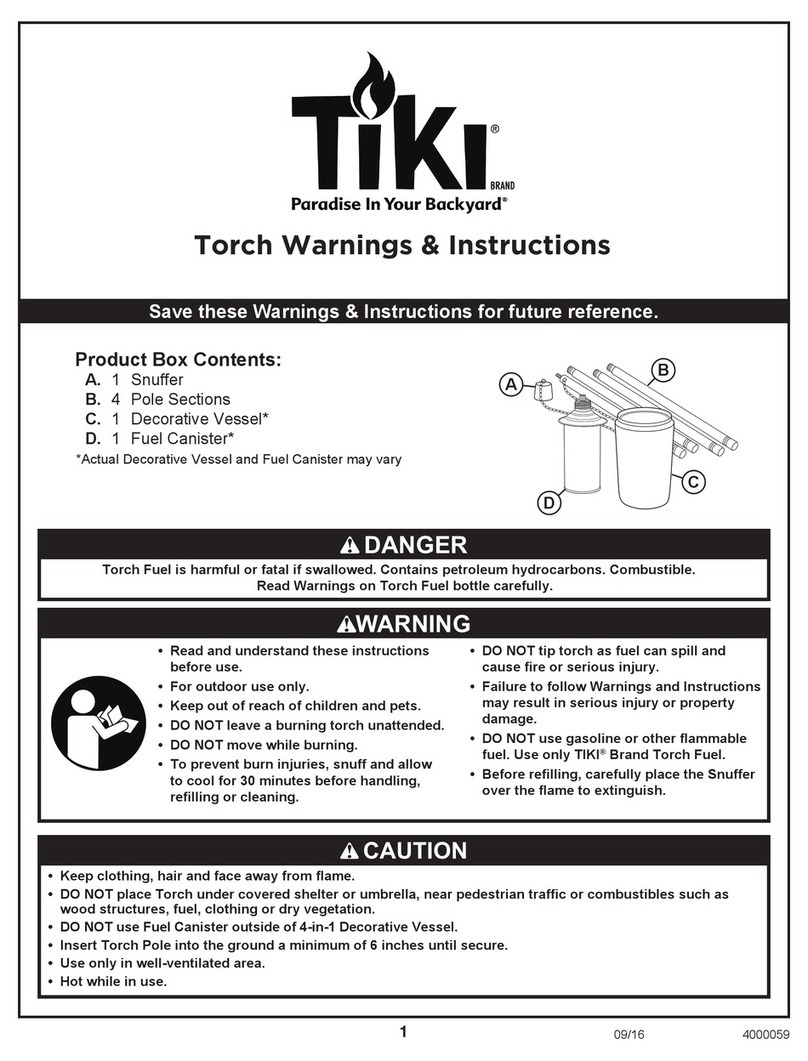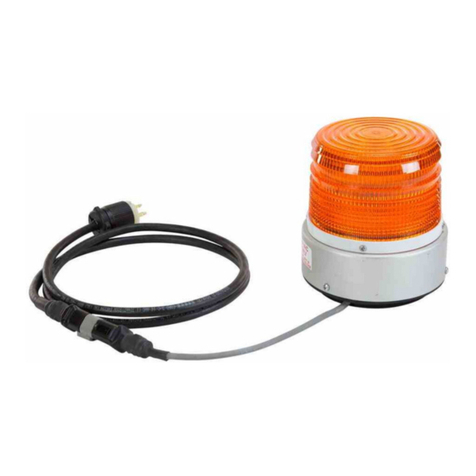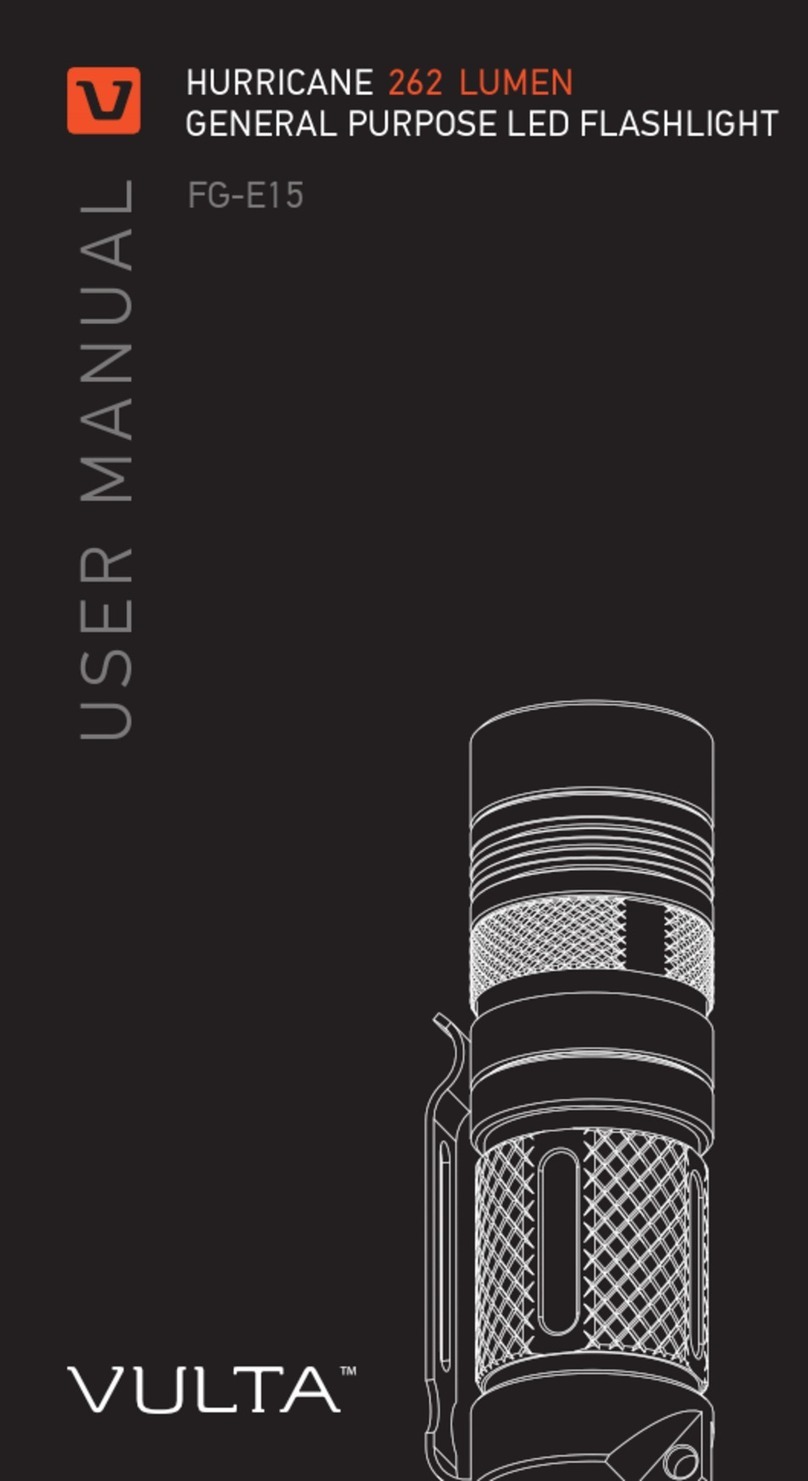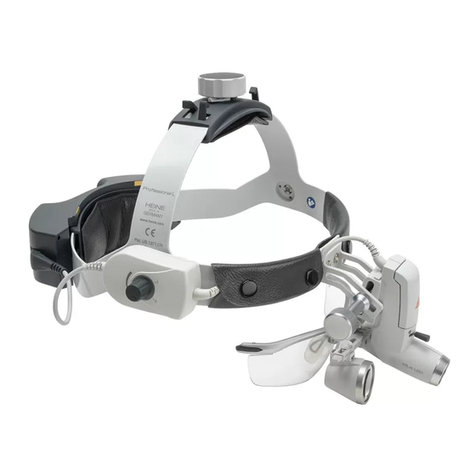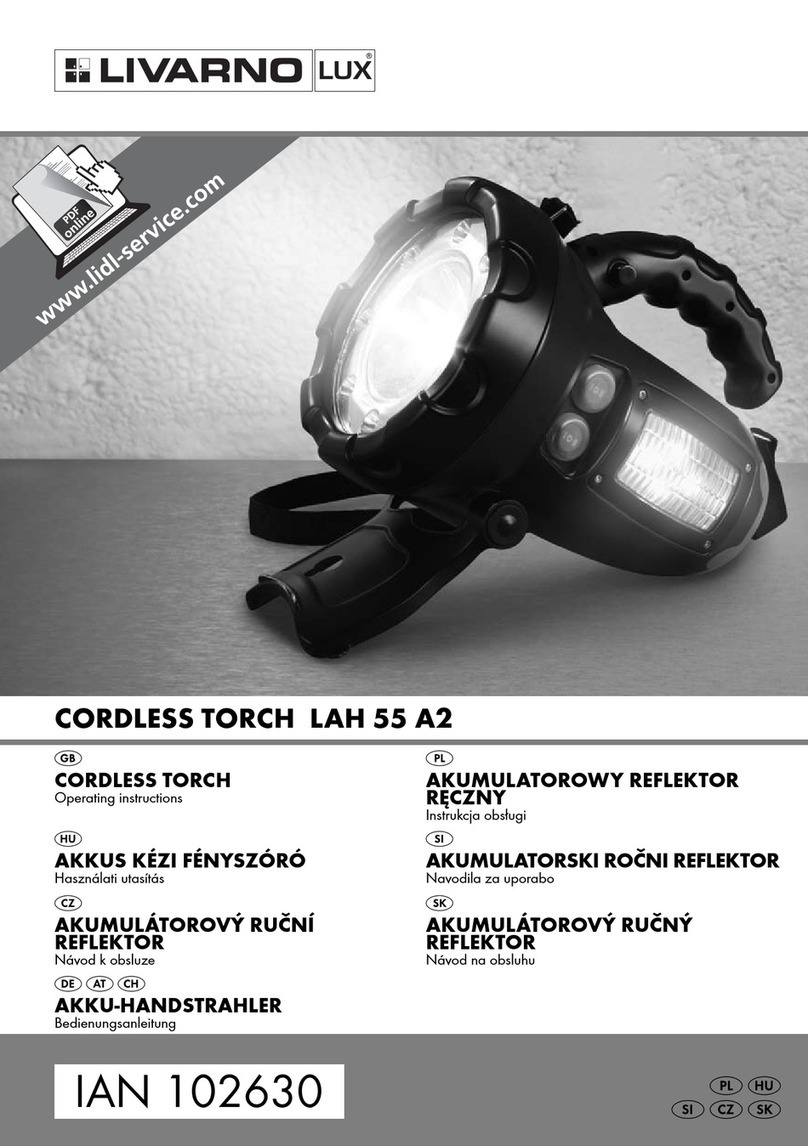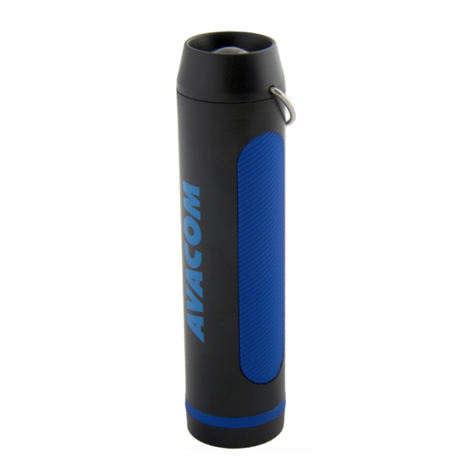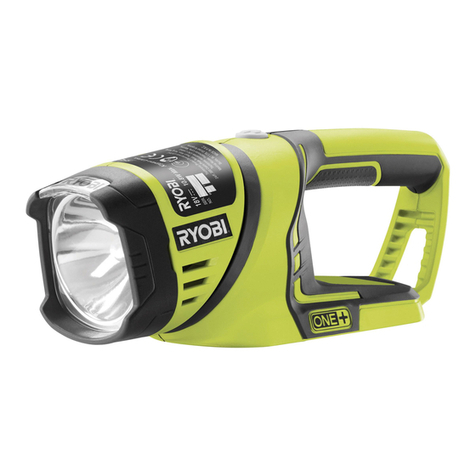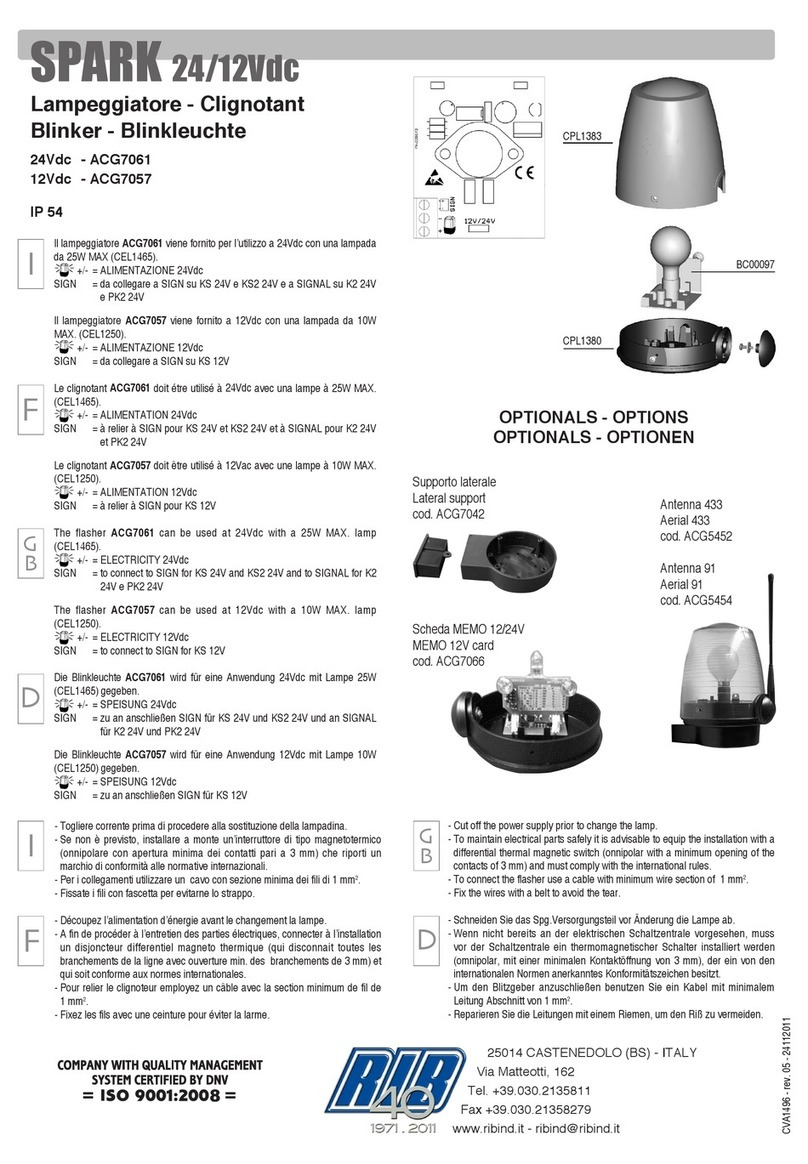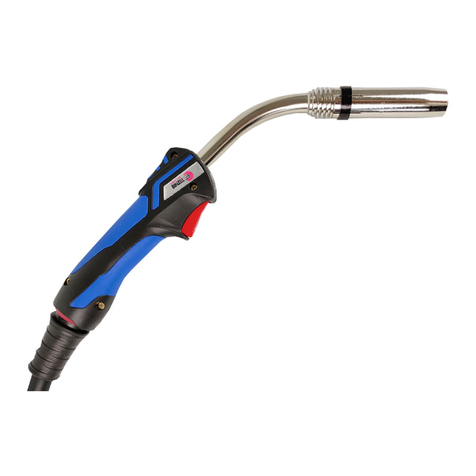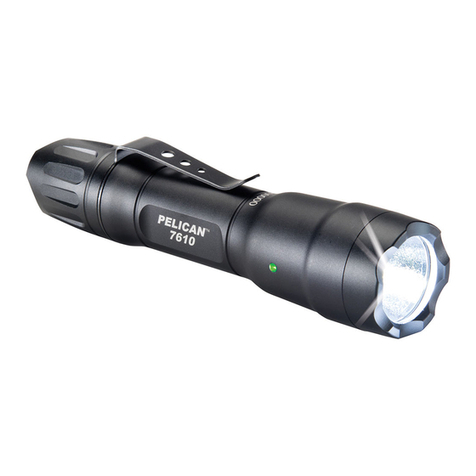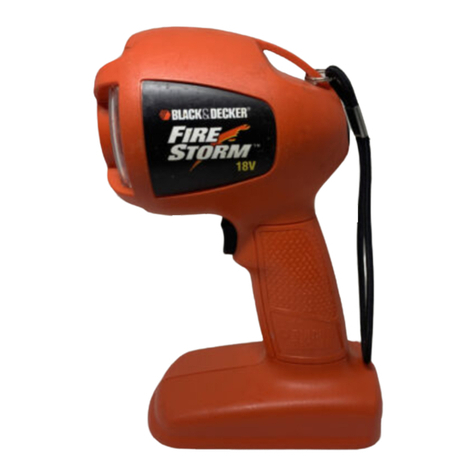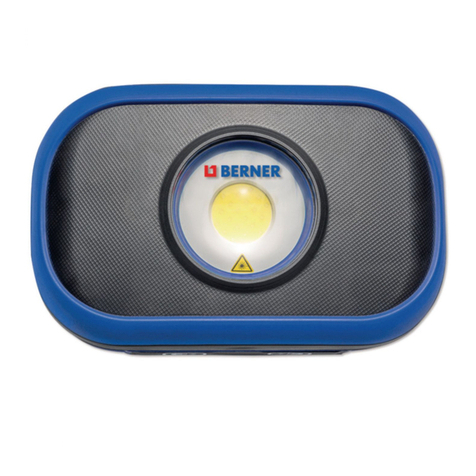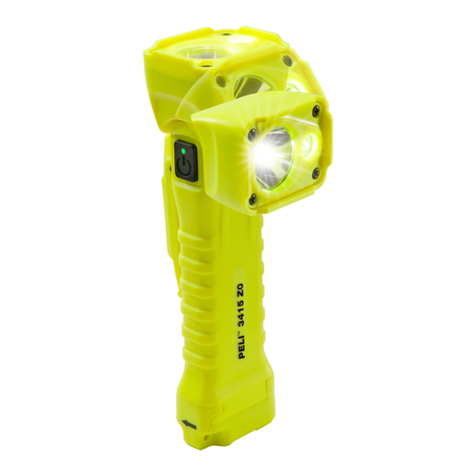3/72
DEUTSCH
HEINE Kopeuchten
Diese Gebrauchsanweisung gilt für folgende HEINE Kopeuchten:
ML4 LED, LED LoupeLight, LED MicroLight
Bitte lesen Sie diese Gebrauchsanweisung sorgfältig durch und bewahren Sie sie
zum späteren Nachschlagen auf.
Zweckbestimmung
Die HEINE Kopfleuchten sind akku- oder netzbetriebene Geräte, die zur Beleuchtung bei
Diagnose und während eines therapeutischen oder chirurgischen (nur ML4 LED) Eingriffs
bestimmt sind. Ihre Anwendung darf nur durch autorisiertes, medizinisches Fachpersonal
erfolgen. Leuchten Sie mit dem Gerät nicht in die Augen.
Warn- und Sicherheitsinformationen
WARNUNG! Dieses Symbol macht auf eine möglicherweise gefährliche Situation
aufmerksam. Die Nichtbeachtung kann zu leichten oder mittleren Verletzungen
führen. (Hintergrundfarbe gelb, Vordergrundfarbe schwarz.)
HINWEIS! Dieses Symbol wird für Informationen bezüglich Installation, Betrieb,
Wartung oder Reparatur verwendet, die wichtig, jedoch nicht mit Gefahren
verbunden sind.
Inbetriebnahme
Betreiben Sie die ML4 LED ausschließlich mit
dem HEINE®mPack, dem mPack UNPLUGGED
oder dem Steckertransformator für Kopfbandregler.
Betreiben Sie die LED LoupeLight bzw. die
LED MicroLight ausschließlich mit dem
HEINE®mPack LL.
Achten Sie darauf, dass das Kabel am Kopfband
der ML4 LED fest in den dafür vorgesehenen
Laschen befestigt ist (s. Abb. 1).
Achten Sie auf eine sichere Kabelführung (s. Abb. 2 und 3) bei LED LoupeLight und
LED MicroLight.
Vermeiden Sie hohe mechanische Belastungen und das Knicken des elektrischen
Versorgungskabels der Kopfleuchten.
Verwenden Sie den HEINE Steckertransformator (Kat.-Nr. X-095.16.330) ausschließlich
für die HEINE®ML4 LED.
Abb. 2 Sichere Kabelführung S-Frame Abb. 3 Sichere Kabelführung
Kopfband Lightweight
Abb. 1 Sichere Kabelführung
Kopfband ML4 LED
